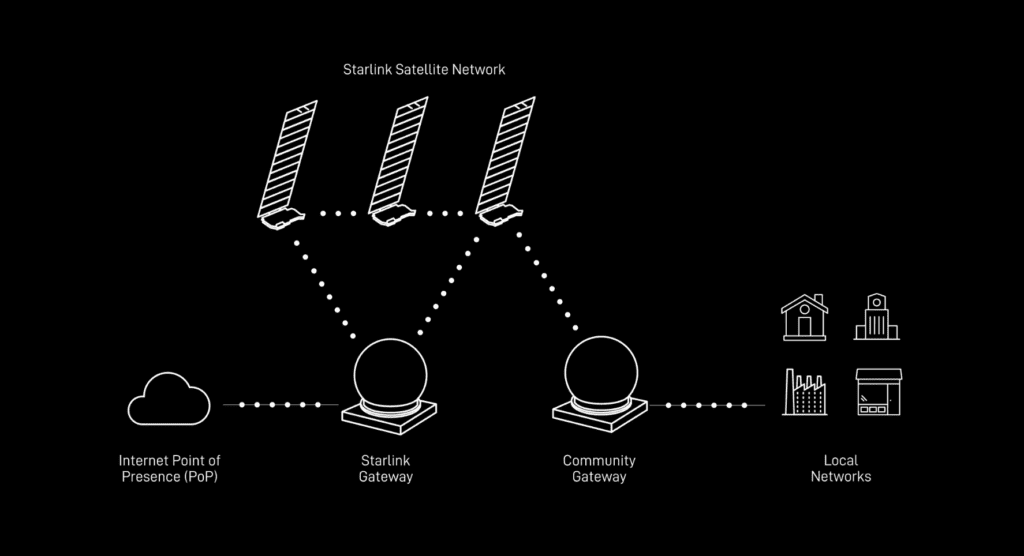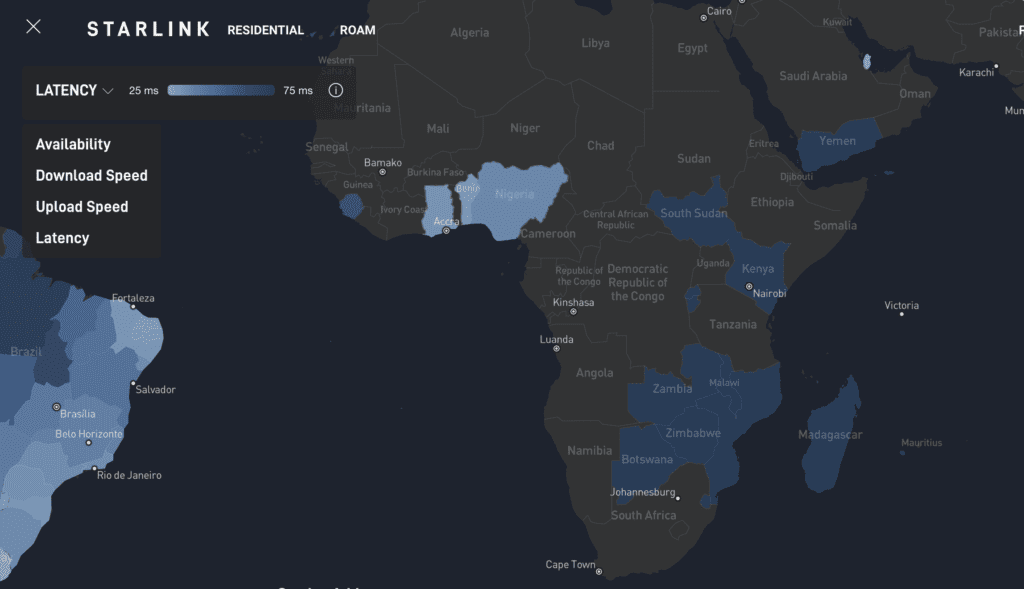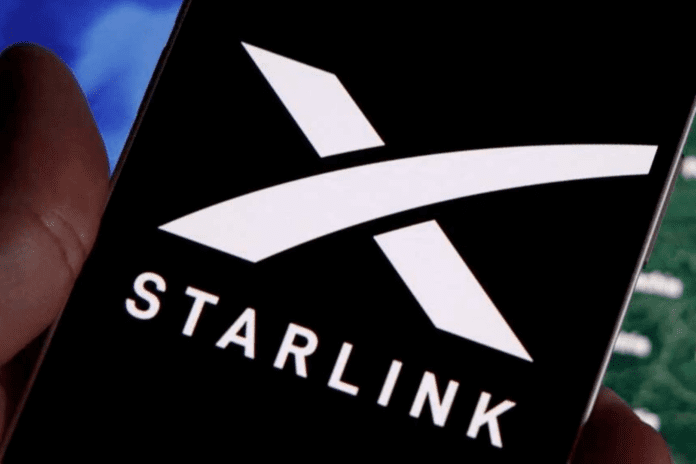This past weekend, Starlink users in Africa witnessed a significant improvement in their internet experience, with latency dropping to around 30 milliseconds, a dramatic reduction from the previous range of 100ms to 200ms.
The change was not driven by new satellites in orbit, but rather the establishment of a dedicated ground facility in Nairobi, Kenya, known as a “point of presence” (POP), which connects the satellite network to terrestrial internet infrastructure.
Jimmy Grewal, managing director at Elcome, an authorized Starlink reseller for commercial ships, shared the positive update:
“In Kenya itself, our customers have seen average latency drop from 120ms down to 26ms over the weekend!”
The new Nairobi POP highlights the growing importance of ground infrastructure in enhancing the performance of SpaceX’s satellite internet system. While satellites are crucial for delivering the internet connection, ground facilities like the one in Nairobi are key to improving the capacity and latency of the network.
“Of course, satellites are important, but they are only part of the story,” said Jianping Pan, a computer science professor at the University of Victoria in Canada.

(Credit: Starlink.com)
Before the Nairobi facility came online, the Starlink network had 33 active POPs globally, including 14 in North America, where the majority of Starlink users are based.
The system had been relying on a single POP in Lagos, Nigeria, to serve all of Africa, which likely led to higher latencies for East African users, who were routed to POPs in Europe.
Building POPs closer to end users reduces the time data needs to travel, thus improving connection speeds. A POP acts as a hub that receives user traffic and connects it to the broader internet, including services like YouTube and other apps. The closer the POP is to the satellites, the quicker the data can be transmitted, reducing delays.

(Credit: Starlink.com)
Before Nairobi’s arrival, users in East Africa were often connected to the Lagos facility, which had limited capacity. Pan explained that the Nairobi POP will help reduce congestion and improve overall performance.
“The POP is where user traffic connects to the real internet,” Pan said. “It also helps manage congestion, as each POP has limited capacity.”
As of 2024, SpaceX operates 37 POPs worldwide, with a notable expansion in both the US and international markets. The US alone saw the addition of six new POPs in 2024, bringing the total to 13 across the country. Internationally, new POPs have been set up in Europe, Mexico, and Canada, with further expansion in the works.
In the US, the Seattle POP serves over 315,000 users, followed by those in Chicago, Dallas, and New York City, which each support more than 200,000 customers. As demand for Starlink continues to grow globally, particularly in regions like Africa, SpaceX is likely to increase the number of POPs in other areas as well.
In Africa, the launch of the Nairobi POP is expected to not only enhance service quality for local Starlink users but also increase competition among broadband providers.
Pan noted that many traditional internet service providers in Africa are expensive or offer slower speeds. With Starlink now providing more reliable and faster service through its Nairobi facility, these providers will likely face pressure to lower prices and improve their offerings.
“Because of Starlink opening this new POP, many of the traditional providers will need to offer lower prices,” Pan said, suggesting that the arrival of Starlink’s improved service could drive down broadband costs across the continent.







